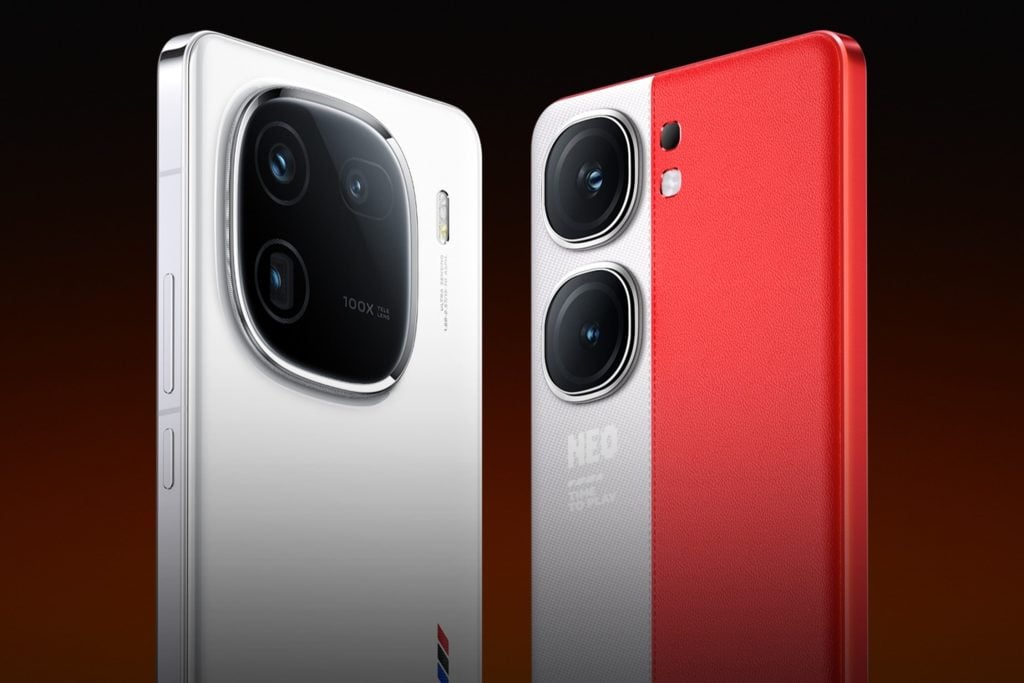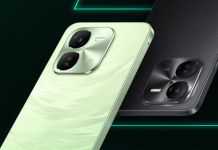In early November, the iQOO 12 series debuted in China as the brand’s latest flagship smartphone duo. These handsets were later followed by the firm’s new flagship killer lineup, the iQOO Neo 9 series, in late December.
Both these product lineups offer a different set of features targeted at dissimilar audiences. However, they have one thing in common and it is their eye-friendly displays.
The panels used by these phones support high-frequency PWM dimming. But interestingly, the company has enabled this feature only now.

Earlier today, iQOO announced on Weibo that the iQOO 12 series and the iQOO Neo 9 series now support 2160Hz PWM dimming. The feature is live on the latest firmware for the handsets.
Once enabled from ‘Developer options’, users can have a flicker-free experience at 2-600 nits screen brightness levels.
Out of these four phones, only the vanilla iQOO 12 has made its way to global markets. We are not sure if this feature is currently available outside mainland China.
The iQOO 12 series flaunts a 6.78-inch centered punch-hole OLED display. The flat panel on the vanilla model offers a resolution of 2800 x 1260 pixels (1.5K) and 452 PPI. Whereas the pro variant’s screen is curved and comes with a higher 3200 x 1440 pixels as well as a sharper 517 PPI.
Both displays not only support up to a 144Hz refresh rate (LTPO) but also 10-bit color depth. They can also reach a maximum local brightness level of 3000 nits.
On the other hand, the iQOO Neo 9 series is also built around a 6.78-inch centered punch-hole OLED display. This 10-bit panel shares its specs with the one found on the iQOO 12.
Thus, it comes with a 1.5K resolution (2800 x 1260 pixels), 452 PPI, and a 144Hz refresh rate (LTPO).
RELATED:
- iQOO 12 Year of the Dragon special edition launched for 3,999 Yuan (~$560)
- iQOO Neo 7 Pro receives Android 14 OS based FunTouch OS 14 update
- iQOO Neo 9 Pro India launch date officially confirmed
- Get the Realme GT5 Pro phone on Giztop for $599
- Get Redmi K70 Pro for discounted price of $499
- Best Smartphones Awards 2023 – Gizmochina







